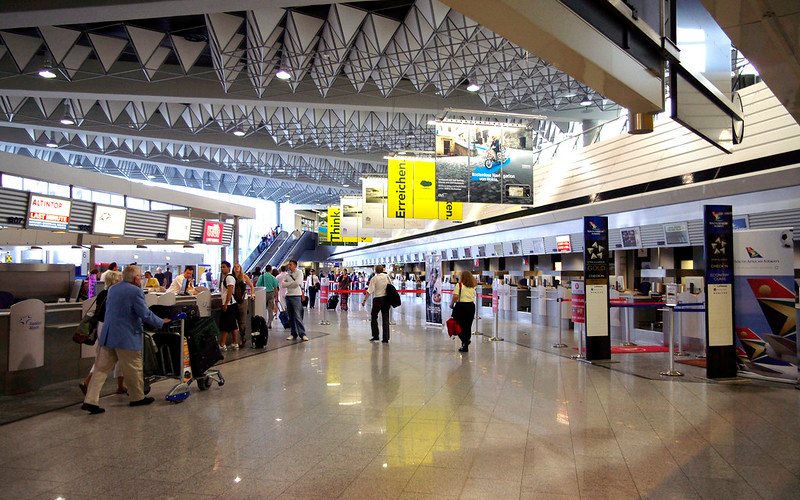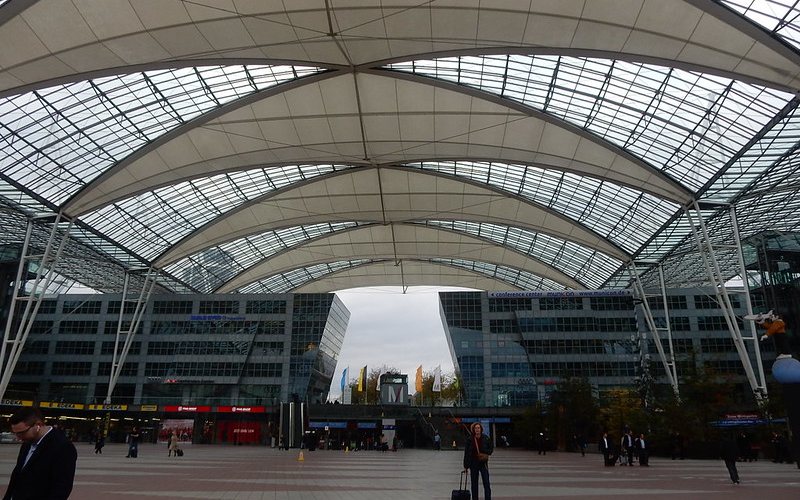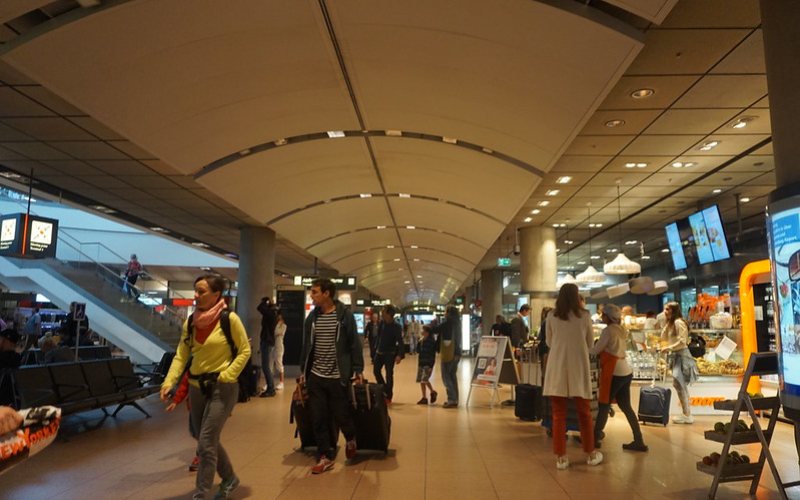Germany has created a niche for its innovation, precision, efficiency, and qualities, which seamlessly extend to its aerospace infrastructure. Showcasing a network of airports that are contemporary and meticulously planned, Germany provides travelers with a peerless experience in air travel. From convenient transportation links to world-class facilities, the major airports in Germany rank time and again among the greatest globally. Be it a holiday or business trip, these airports ensure an enjoyable and smooth voyage from touchdown up to takeoff. It is, however, crucial to consider that as per the purpose of the visit and your nationality, you will be required to fulfill specific Germany visa requirements for stepping into the city.
Germany’s Leading Airports-A Preview
While considering the best cities to visit in Germany, the options are truly endless, including Berlin, Munich, Frankfurt, Dresden, and more. These cities provide a deep tapestry of architecture, culture, history, and cuisine, thus making them famed spots for travelers traveling around Germany. The city is served by countless international airports that offer convenient accessibility to worldwide visitors to explore such vivacious urban centers. Depending on your favorite things to do in Germany, you can choose the airport you want to go to. Let’s have a quick preview of the premier airports in Germany.
Frankfurt Airport (FRA)

This is not just the biggest but also the busiest airports in Germany and acts as a crucial international gateway. Placed in the hub of Europe, Frankfurt Airport handles 70 million plus passengers every year and is a central hub for Lufthansa. The credit here goes to its outstanding connectivity and strategic location. It has two terminals and four runways, with the third terminal gearing up to make its foray in 2026. This terminal boasts modern facilities, including good dining options, plentiful stores for shopping, excellent transportation links, and more.
Munich Airport

Popular for its passenger-friendly facilities coupled with efficiency, this is Europe’s foremost air transportation hub. Annually it handles 45 million-plus travelers, thus acting as a key entryway to southern Germany as well as beyond. This is the second-busiest airport, following Frankfurt Airport. It has two parallel runways, two terminals, and various modern facilities. The Munich Airport, in May 2015, bagged the accolade by Skytrax of being a 5-Star Airport, the first outside of Asia.
Berlin Brandenburg Airport

This airport commenced its operations in 2020. Being one of the prime international airports in Germany, it provides an array of international and domestic flights that connect Berlin with several worldwide destinations. It has two runways and two terminals and is Germany’s third-biggest airport. It is a base for Ryanair, EasyJet, and Eurowings airways. Convenient location, green design, and contemporary infrastructure are some of the USPs of the BER airport, which is a key player in the aviation zone in Europe.
Hamburg Airport (HAM)

Positioned in the northern part of Germany, this international airport serves 17 million-plus passengers annually. It serves both international and domestic flights that connect Hamburg with various European destinations and also beyond. This airport has bagged the award for “Best Regional Airport in Europe” six times. It features exceptional transportation links, modern terminals, and plentiful restaurants and shops for travelers’ convenience. British Airways, Air Berlin, and Germania are a few airlines that operate frequently here.
Dusseldorf Airport

Positioned in the western part of Germany, this airport offers both international and domestic travel. The airport has 3 terminals, 2 runways, and 2 lounges. Annually, it handles 25 million-plus passengers and acts as a key entryway to the Rhine-Ruhr metropolitan area. The Dusseldorf Airport boasts well-organized transportation links, myriads of services, amenities, and more for meeting the distinct wants of travelers, has strong connectivity, and above all, has a strategic location.
Cologne Bonn Airport

Again, placed in the western part of Germany, this airport handles 12 million plus travelers annually and is the chief aviation center in Rhine-Ruhr metropolitan area. The Cologne Bonn Airport is a key entryway both to Bonn as well as to Cologne and adjoining areas. It is centrally located and provides hassle-free access, thereby playing an imperative role in connecting the western part of Germany with different parts of the world. Last but not least, this international airport provides a host of amenities, including duty-free shops, diverse dining options, comfortable lounges, restrooms, and more.
Stuttgart Airport

Placed in the southwestern part of Germany, this is a crucial core for the region. It offers both international and domestic flights and handles about 12 million passengers every year. This airport connects Stuttgart with multiple European destinations and also beyond. Swiss International Airlines, Air Serbia, TUIfly, and Air Belin are some airlines that frequently operate here. Be it grabbing a fast bite, buying last-minute souvenirs, free Wi-Fi, parking facilities, or restrooms, passengers can enjoy everything for a smooth trip at the Stuttgart Airport.
Hannover Airport

Placed in the northern part of Germany, this major airport in Germany, which offers both international and domestic flights, handles about six million plus passengers every year. HAJ connects Hannover to diverse European destinations and beyond. It has three terminals and six boarding gates. It is a base for Condor, TUI fly Deutschland, Eurowings, and more. The various amenities available at the airport comprise ATMs, currency exchange center, restrooms, a lounge, shopping, ample dining options, and free Wi-Fi. Besides, wheelchairs are available on request.
Airport Codes, Germany
The German airport codes truly are tantamount to reliability, efficiency, and premier passenger experiences. IATA, or the International Air Transport Association, standardizes the same. These codes consist of three letters that reflect the airport’s location or name. In airports, these act as shorthand identifiers in ticketing, handling of baggage, and airline schedules, thus facilitating effective navigation and communication within the worldwide aviation network. Let’s take a close look at the codes of the leading Germany airports.
- Frankfurt Airport- FRA
- Munich Airport- MUC
- Dusseldorf Airport- DUS
- Berlin Brandenburg Airport- BER
- Hamburg Airport-HAM
- Stuttgart Airport- STR
- Cologne Bonn Airport- CGN
- Hannover Airport- HAJ
- Nuremberg Airport- NUE
- Dresden Airport- DRS
Bottom Line
Apart from the aforementioned, there are many more major airports situated in Germany. These airports boost up the strong aviation infrastructure of the city, offering passengers assorted choices to reach their chosen destination with ease. Every international airport showcases its distinctive amenities, services, and connectivity, thus adding to Germany’s repute as a top aviation spot in Europe. The best thing is that there are direct flights to almost all international airports of Germany from Dubai. So, if you are a resident of Dubai or UAE and have got a visa by fulfilling all the Germany visa requirements from Dubai, you can fly to any of the airports mentioned above directly, without any issues.
